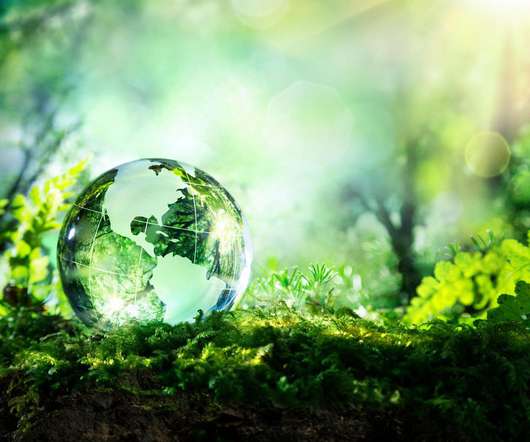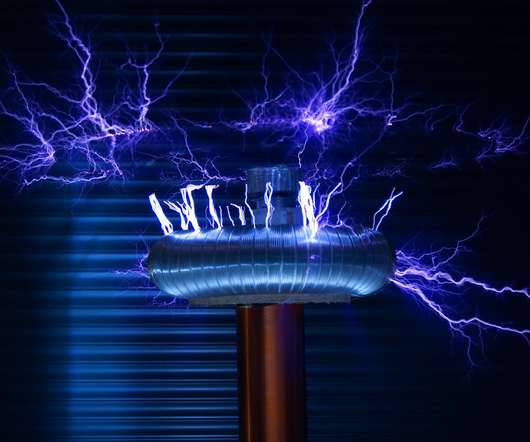Seven-Eleven Japan, Toyota launching next-gen convenience store project in 2019; fuel cell trucks and generators
Green Car Congress
JUNE 6, 2018
Seven-Eleven and Toyota entered into a basic agreement in August 2017 regarding considerations toward energy conservation and carbon dioxide emission reduction in store distribution and operation. Performance, costs, durability, and CO 2 reduction effects will be evaluated with the aim of promoting further deployment.

























Let's personalize your content